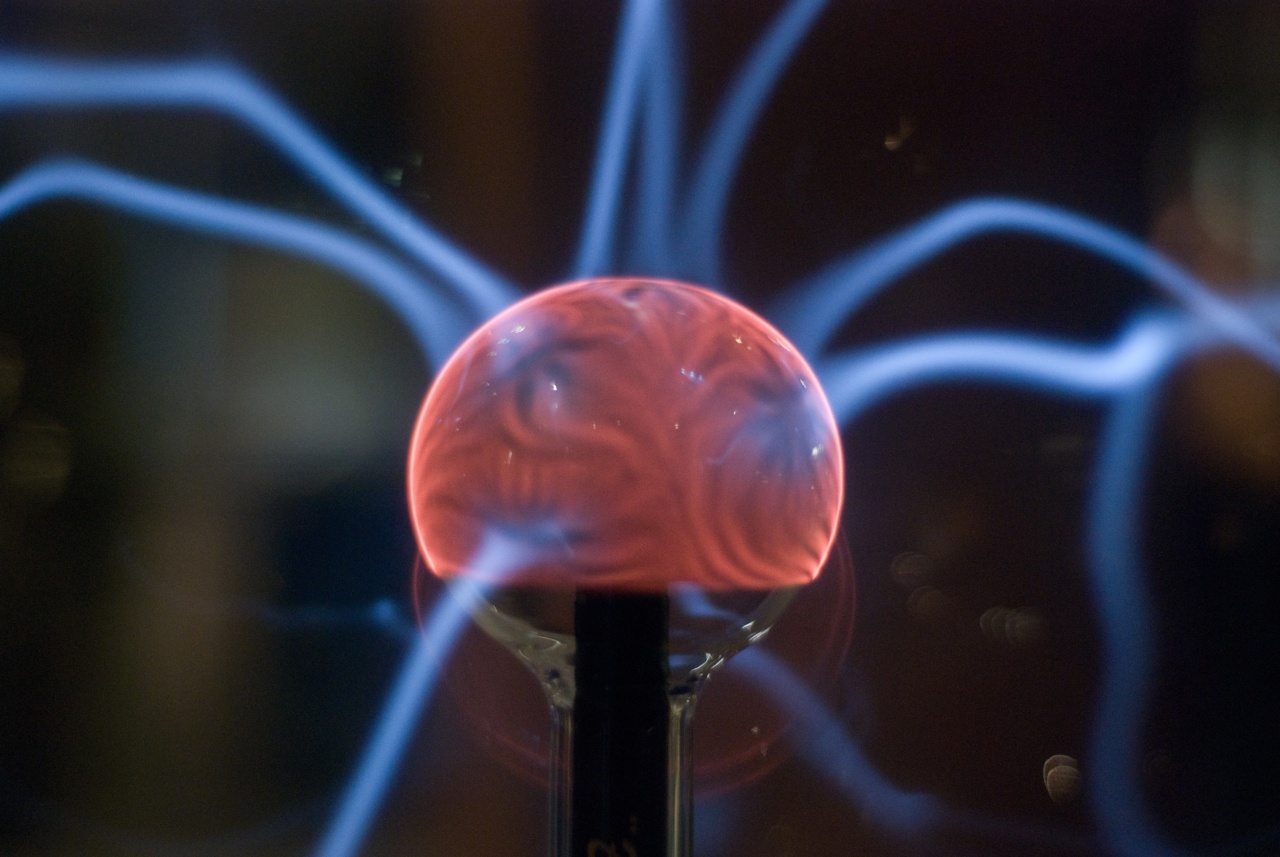Parkinson’s disease is a progressive nervous system disorder that affects movement.
It is characterized by a deterioration of dopamine-producing cells in the brain, leading to a variety of motor symptoms such as tremors, stiffness, and difficulty with balance and coordination. While the exact cause of Parkinson’s disease is still unknown, researchers have identified a potential link between energy metabolism in brain cells and the development of this neurodegenerative disorder.
In this article, we will explore the connection between Parkinson’s disease and energy metabolism in brain cells.
What is Energy Metabolism?
Energy metabolism refers to the processes by which cells convert nutrients into energy. The primary energy currency of cells is adenosine triphosphate (ATP), which is produced during cellular respiration.
Cellular respiration is a series of biochemical reactions that take place in the mitochondria of cells, breaking down glucose and other molecules to generate ATP.
The Role of Mitochondria in Energy Metabolism
Mitochondria, often referred to as the powerhouses of the cells, play a crucial role in energy metabolism. These tiny organelles are responsible for converting the energy stored in nutrients into a usable form for cellular processes.
In addition to ATP production, mitochondria also regulate several other essential cellular functions, including calcium homeostasis, reactive oxygen species (ROS) production, and apoptosis.
Mitochondrial Dysfunction in Parkinson’s Disease
Several studies have suggested that mitochondrial dysfunction may play a role in the development and progression of Parkinson’s disease.
Dysfunctional mitochondria have been observed in the dopaminergic neurons that are affected in Parkinson’s disease patients. These dysfunctional mitochondria are often characterized by impaired ATP production, increased ROS production, and calcium dysregulation.
Energy Metabolism and Dopamine Production
Dopamine is a neurotransmitter that plays a crucial role in movement control and regulation of emotions. The depletion of dopamine-producing cells is a hallmark of Parkinson’s disease.
Research has shown that proper energy metabolism is essential for dopamine production and maintenance of dopaminergic neuronal function.
Impaired ATP Production and Parkinson’s Disease
Studies have demonstrated a reduction in ATP production in the brains of Parkinson’s disease patients.
ATP is required for various cellular processes, including maintaining the normal functioning of proteins involved in dopamine synthesis, package, and release. The decline in ATP levels may contribute to the dysfunction and degeneration of dopaminergic neurons in Parkinson’s disease.
ROS Production and Oxidative Stress
In Parkinson’s disease, there is an increased production of reactive oxygen species (ROS), which are highly reactive molecules that can cause oxidative damage to cellular components, including lipids, proteins, and DNA.
Mitochondrial dysfunction and impaired ATP production contribute to elevated ROS levels, leading to oxidative stress. Oxidative stress can further exacerbate mitochondrial dysfunction, forming a vicious cycle that contributes to the progression of Parkinson’s disease.
Calcium Dysregulation and Neurodegeneration
Mitochondria play a crucial role in calcium homeostasis. Dysfunctional mitochondria in Parkinson’s disease can lead to impaired calcium regulation, resulting in abnormal calcium levels in the affected neurons.
This calcium dysregulation can trigger a cascade of events that eventually leads to neuronal degeneration and cell death.
Therapeutic Approaches Targeting Energy Metabolism
Given the link between energy metabolism and Parkinson’s disease, researchers have been exploring various therapeutic approaches that target mitochondrial function and energy production in brain cells.
One such approach is the use of mitochondrial-targeted antioxidants to combat oxidative stress. Another strategy involves enhancing ATP production through the administration of compounds that can improve mitochondrial function.
Conclusion
The connection between Parkinson’s disease and energy metabolism in brain cells provides valuable insights into the underlying mechanisms of this neurodegenerative disorder.
Mitochondrial dysfunction, impaired ATP production, oxidative stress, and calcium dysregulation all contribute to the progression of Parkinson’s disease. Understanding these connections may pave the way for the development of innovative therapeutic interventions that can target energy metabolism and potentially slow down the progression of Parkinson’s disease.



























